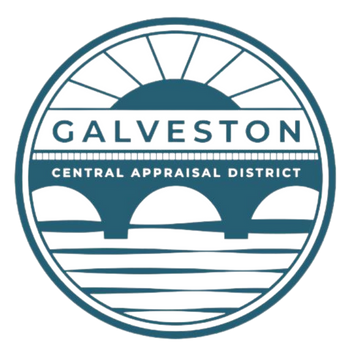Income-Producing Property
- Income producing property is real estate that is purchased for investment.
- Investors make investment decisions based upon risk and expected return.
- There are two major components of return on investment in real estate.
- Net cash flow (NCF) from rental and miscellaneous income
- NCF from the resale of the property at the end of the holding period
Difference between Market Value and Investment Value
- Market value can be called the value in the marketplace.
- Market value is objective, impersonal and detached.
- Market value assumes no specific buyer or seller.
- Investment value is the specific value to a particular investor.
- Investment value reflects the attitudes and perceptions of one specific investor.
- Investment value is based upon subjective and personal parameter of the investor client
- Investment value of a property may equal market value, if the investor’s perceptions and requirements are typical of investors in the market.
Three Approaches to Value:
Cost Approach:
Properties under construction.
Unique properties.
Income Approach:
Properties that are typically bought and sold to produce income.
Market Data Comparison (Sales Comparison Approach):
All property types.
Should support other two (2) methods.
Cost Approach Explained
In the cost approach method, the value of the land is determined separate from the value of the improvements on-the-land. The improvements are valued by first determining the replacement cost new (RCN) and adjusting for the depreciated amount of cost new. Depreciation results from physical deterioration, functional obsolescence and external obsolescence.
Replacement Cost New
Galveston CAD appraisers evaluates the replacement cost new by considering every factor used in calculating the building’s cost, including size, style, quality, design factors, and any additional or extra features of the improvements.
Adjustments
In adjusting comparables to the subject the following process is completed:
- The difference between the replacement cost new of the subject property and replacement cost new of the comparable property is, in fact, the total adjustment value due to differences between the replacement costs new of both properties.
- Depreciation is expressed as a percent of replacement cost new. For that reason, when adjusting the depreciated amount between properties, it is necessary to adjust for both the difference in percent and the dollar difference in replacement cost new. The difference in percent depreciation of the comparable replacement cost new must be considered together with the difference between the subject’s replacement cost new and the comparable replacement cost new; both adjusted to percent depreciation of the subject, as you are adjusting the comparable to the subject.
- Land value is based on property accessibility, size, shape, easements, restrictions on use, floodplain category, and other specific influences. The land value may be expressed as a unit (square foot or acre) value, a percentage of total property value, or a lump sum (site) value. An appraiser’s judgment is important in determining land value. The difference between the land value of the subject and the land value of the comparable is the total value of adjustments due to the differences between factors that influenced the determination of the land value for both properties.
